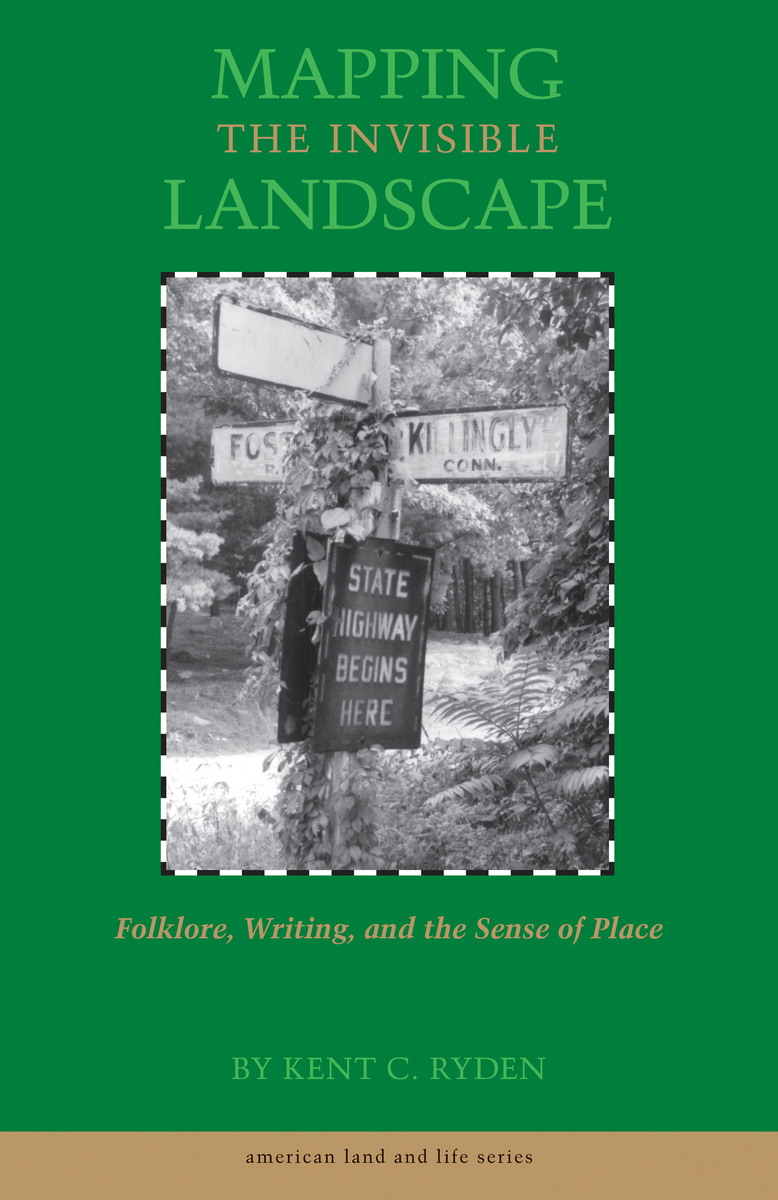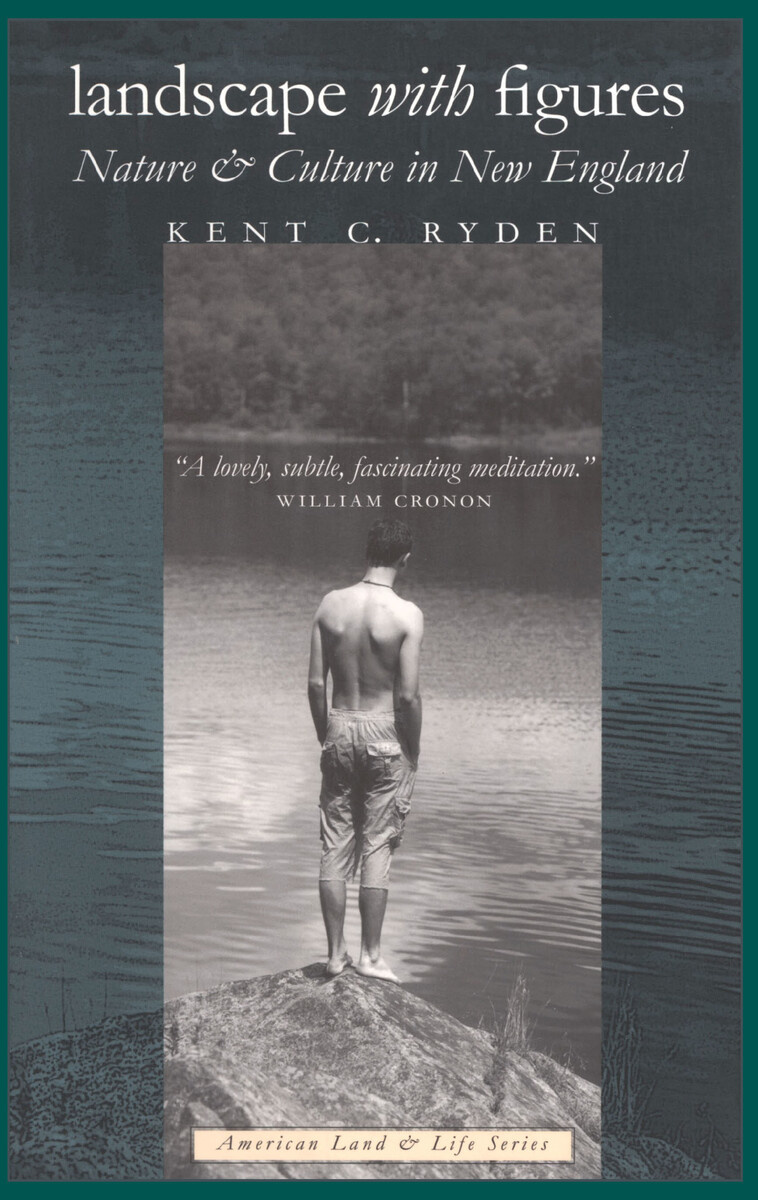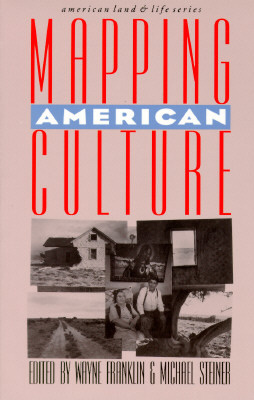Any landscape has an unseen component: a subjective component of experience, memory, and narrative which people familiar with the place understand to be an integral part of its geography but which outsiders may not suspect the existence of—unless they listen and read carefully. This invisible landscape is make visible though stories, and these stories are the focus of this engrossing book.
Traveling across the invisible landscape in which we imaginatively dwell, Kent Ryden—himself a most careful listener and reader—asks the following questions. What categories of meaning do we read into our surroundings? What forms of expression serve as the most reliable maps to understanding those meanings? Our sense of any place, he argues, consists of a deeply ingrained experiential knowledge of its physical makeup; an awareness of its communal and personal history; a sense of our identity as being inextricably bound up with its events and ways of life; and an emotional reaction, positive or negative, to its meanings and memories.
Ryden demonstrates that both folk and literary narratives about place bear a striking thematic and stylistic resemblance. Accordingly, Mapping the Invisible Landscape examines both kinds of narratives. For his oral materials, Ryden provides an in-depth analysis of narratives collected in the Coeur d'Alene mining district in the Idaho panhandle; for his consideration of written works, he explores the “essay of place,” the personal essay which takes as its subject a particular place and a writer's relationship to that place.
Drawing on methods and materials from geography, folklore, and literature, Mapping the Invisible Landscape offers a broadly interdisciplinary analysis of the way we situate ourselves imaginatively in the landscape, the way we inscribe its surface with stories. Written in an extremely engaging style, this book will lead its readers to an awareness of the vital role that a sense of place plays in the formation of local cultures, to an understanding of the many-layered ways in which place interacts with individual lives, and to renewed appreciation of the places in their own lives and landscapes.
“This is a rich, delightfully energetic, and painstakingly researched book, a valuable addition to the new movement of 'place-based' literary scholarship.”—American Literature
“Ryden writes passionately and gracefully about the role of narrative in expressing a sense of place. His book should be of interest to a broad range of scholars and students involved in the study of the connections between people and places, including folklorists, literary scholars, geographers, historians, anthropologists, and environmental ethicists.”—Western Folklore
“Kent C. Ryden's Mapping the Invisible Landscape [is] an ambitious and eminently readable examination of place…By detecting and examining a dialectic between a given locale and the representation of that locale in folklore and literature, Ryden has added a significant voice to this growing field of criticism. The wide-ranging, interdisciplinary sweep of Mapping the Invisible Landscape corrals much of the most important research previously carried out in this area. As such, it sets a standard by which other studies of 'Place' will invariably (and profitably) be measured.”—Western American Literature



